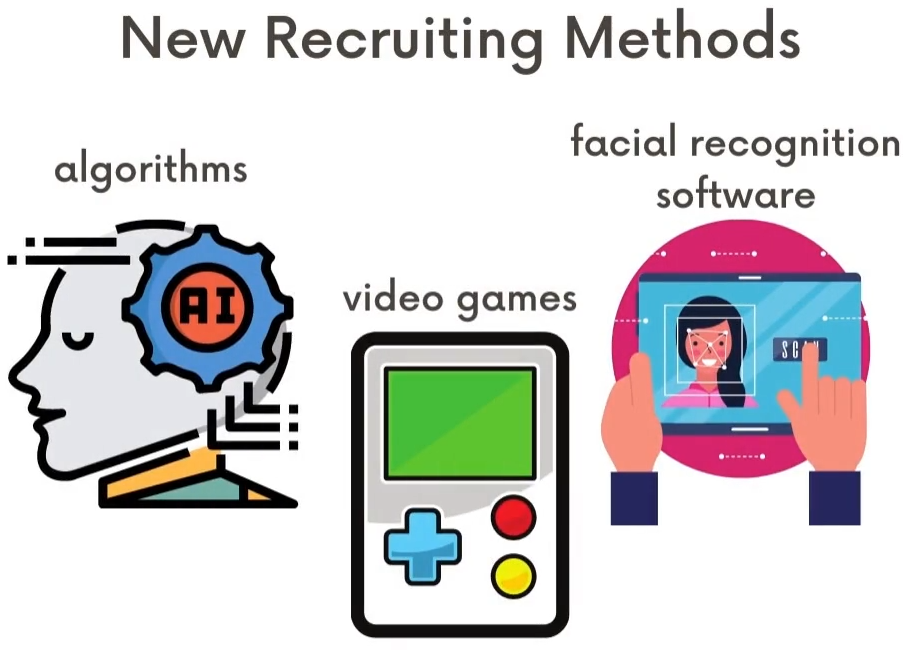Un CV es una forma resumida de mostrar tu trayectoria profesional en tecnología y otras experiencias relevantes. Es una lista de sus propios logros e intereses. El objetivo es crear la versión más pulida de ti mismo.
Casi todas las compañías utilizarán tu CV como base para la evaluación de tu candidatura durante el proceso de selección. Hay dos cosas para las que las empresas suelen utilizar un CV:
- Para facilitar la toma de decisión de a quién entrevistar. Esto significa que solo debes incluir cosas que hagan que alguien quiera entrevistarte. Todo lo demás en tu currículum es ruido.
- Darle a los entrevistadores información sobre la cual preguntar durante las entrevistas. Esto significa que solo debes incluir información sobre la que tengas confianza para responder preguntas.
Resume Template
Se recomienda usar la siguiente plantilla, la cual ha sido probada y validada por cientos de procesos de selección.
Consejos para construcción de CV
- Encabezado e información de contacto
- Nombre y apellido en la parte superior con una fuente legible y de mayor tamaño. Haz que sea ridículamente fácil para el reclutador (o el software) leer y encontrar tu nombre.
- Información de contacto: correo electrónico, teléfono (con el código de tu país), enlace de LinkedIn, Github u otro portafolio. No pongas únicamente un hipervínculo, pon el link completo en caso se imprima el documento. Puedes incluir tu zona horaria si es un rol remoto.
- Construye tu perfil profesional
- El perfil profesional es el párrafo que está al inicio del CV donde uno se presenta. El objetivo de este texto es presentarte a las compañías. Funciona como un adelanto del resto de tu CV.
- Lo más importante es incorporar palabras claves de las oportunidades laborales en tu CV. Esta es la mejor forma de mostrar a las compañías que eres el mejor candidato para la posición.
- Qué incluir en tu experiencia profesional
- El objetivo principal de esta sección es mostrar el impacto positivo que tuviste mientras trabajabas en una compañía determinada a través de tus logros.
- Evita incluir aquellas que han sido muy junior o alineadas a otro rubro completamente ajeno.
- Prioriza las experiencias que sean más recientes y/o más relevantes.
- La información a mostrar es la siguiente:
- El nombre de la empresa y también las fechas, incluyendo mes y año, del inicio y fin de cada experiencia.
- Incluir el nombre de tu rol, o una descripción similar.
- Logros: Cada logro debe ir siempre acompañado por datos concretos que lo evidencien y permitan dimensionar su impacto.
- No coloques solo tus funciones. Los reclutadores saben lo que hace un developer promedio o un QA promedio o cualquier otro perfiles.
- Identifica tus logros
- Para redactar tus logros, utiliza la siguiente fórmula poderosa, creada por Laszlo Bock (ex VP Senior de People Operations en Google): "Logré [X] medido por [Y] haciendo [Z]" / "Accomplished [X] Measured by [Y] Doing [Z]".
- Templates: Lista de Actions Verbs.
- Reduced _____ by _____ by _____.
- Redesigned _____ by _____.
- Implemented _____ by _____ by _____.
- Improved _____ by _____ by_____.
- Used _____ to _____ for _____.
- Increased _____ in _____ by _____.
- Integrated _____ with _____ to _____.
- Incorporated _____ to _____ by _____.
- Ejemplos:
- Reduced the number of bugs and issues by 30%, by helping the development team to implement the use of tools like Sonar and Coverity.
- Reduced application size by 14% by using docker we reduced the deployment time from 20m > 1m and restart time from 15m > 1m.
- Qué incluir en la sección Educación
- Universidad
- Bootcamp
- Certificaciones
- Qué incluir en la sección de habilidades adicionales
- Incluir habilidades técnicas e idiomas que manejas.
Resume Checklist
- Overall Appearance, Format, and Style
- One page
- Font style and type size are consistent
- Spacing is appropriate and consistent
- Has structure, clarity, and visual appeal
- Information is aligned on the page
- Appears attractive and professional
- Grammar, Spelling, Punctuation and Vocabulary
- Verb Tense
- Spelling and Grammar
- Punctuation
- Contact Information
- Name
- Location (city, state)
- Email Address
- Phone number
- Content, Structure, and Order
- Excellent choice of subject headers
- Categories include enough information to substantiate the need for a heading
- Structure and order of sections are easy to follow
- Information is listed on the top half of the page
- Education Section
- Contains complete degree title/major with graduation month and year and full name and location of school
- Highest level of education is listed first
- Relevant honors, activities, study abroad, scholarships, and coursework are included
- Important information stands out to the reader
- Experience Section
- Uses industry-specific language
- Uses bullet points and sentence fragments
- Uses concise, direct, accomplishment-oriented language
- Contains quantifiable results
- Additional Sections
- Contains organization name, title, dates, and location as appropriate
- Leadership roles and related accomplishments or activities are included
- Important information stands out to the reader
- Section is relevant, well-organized
Resources



